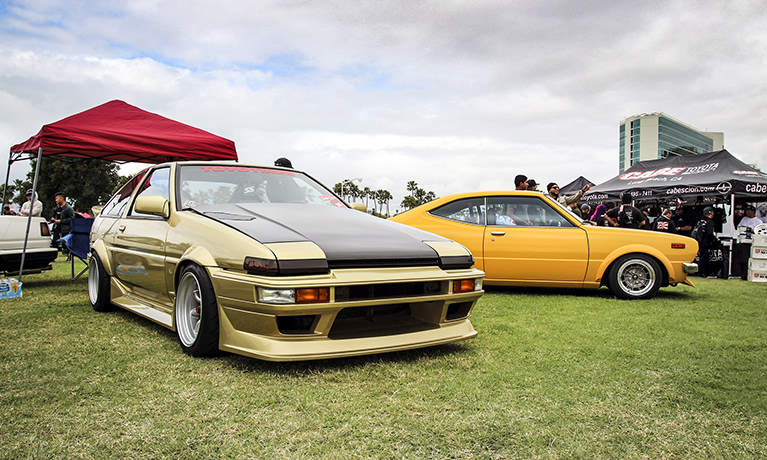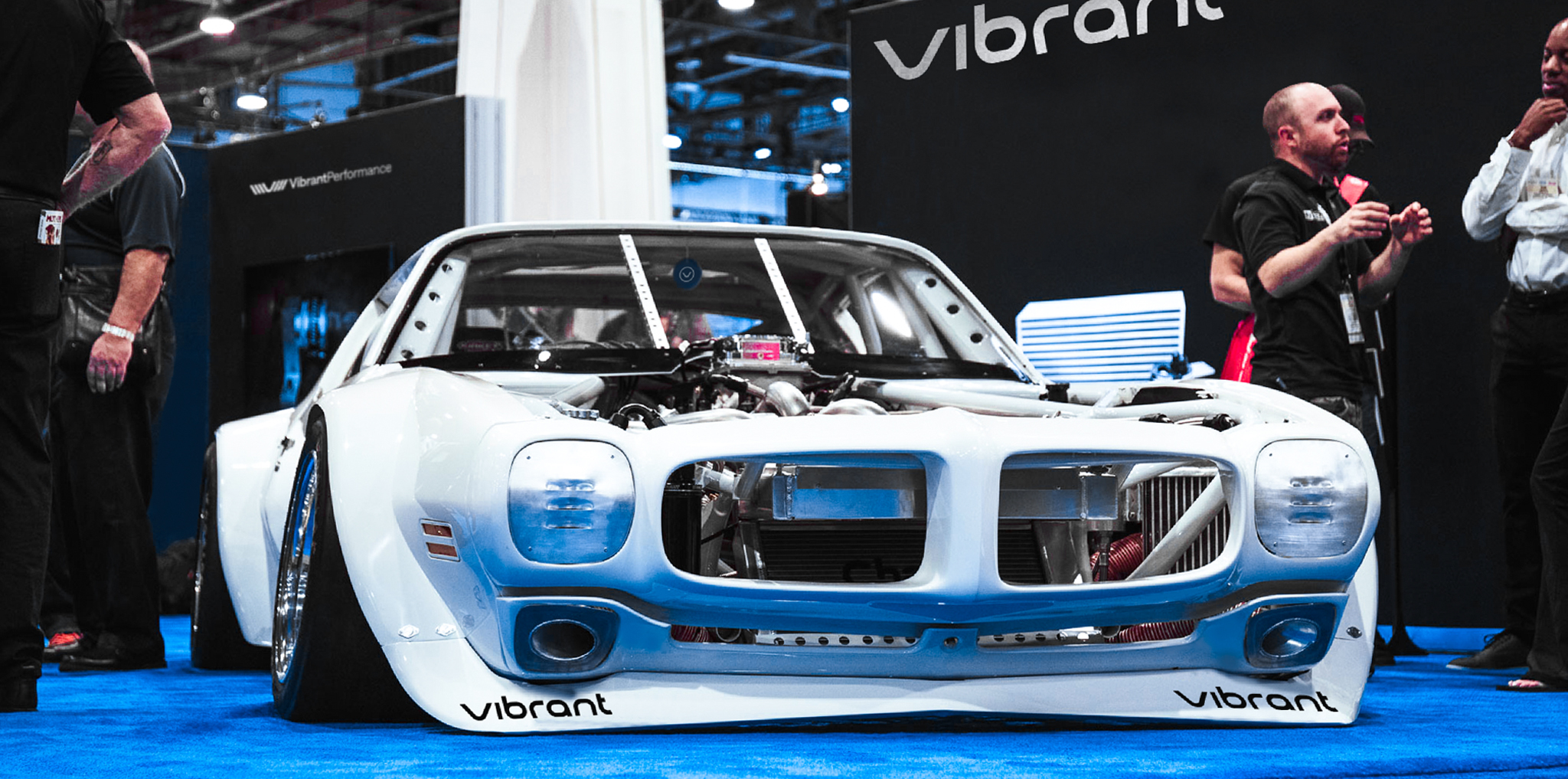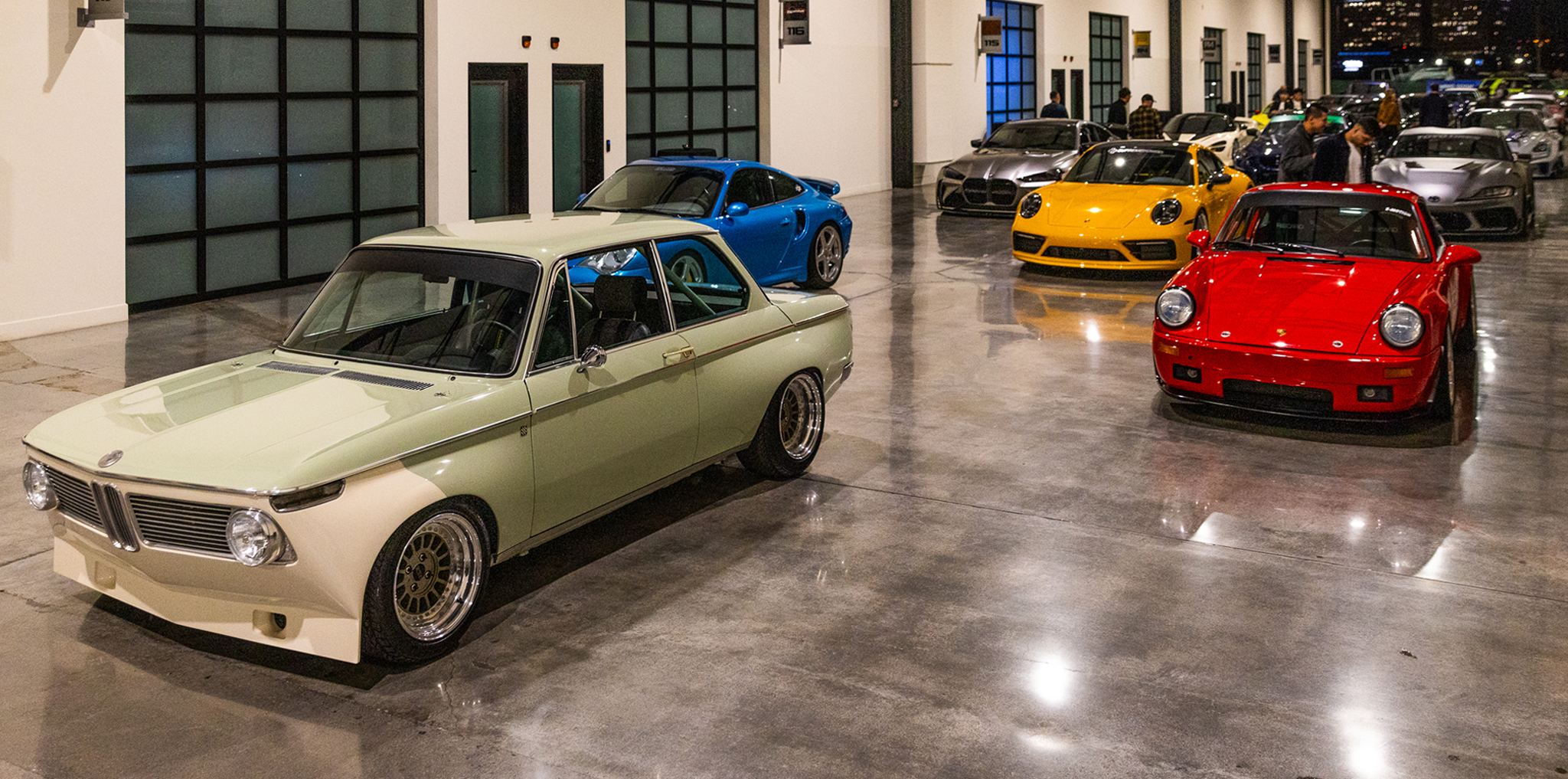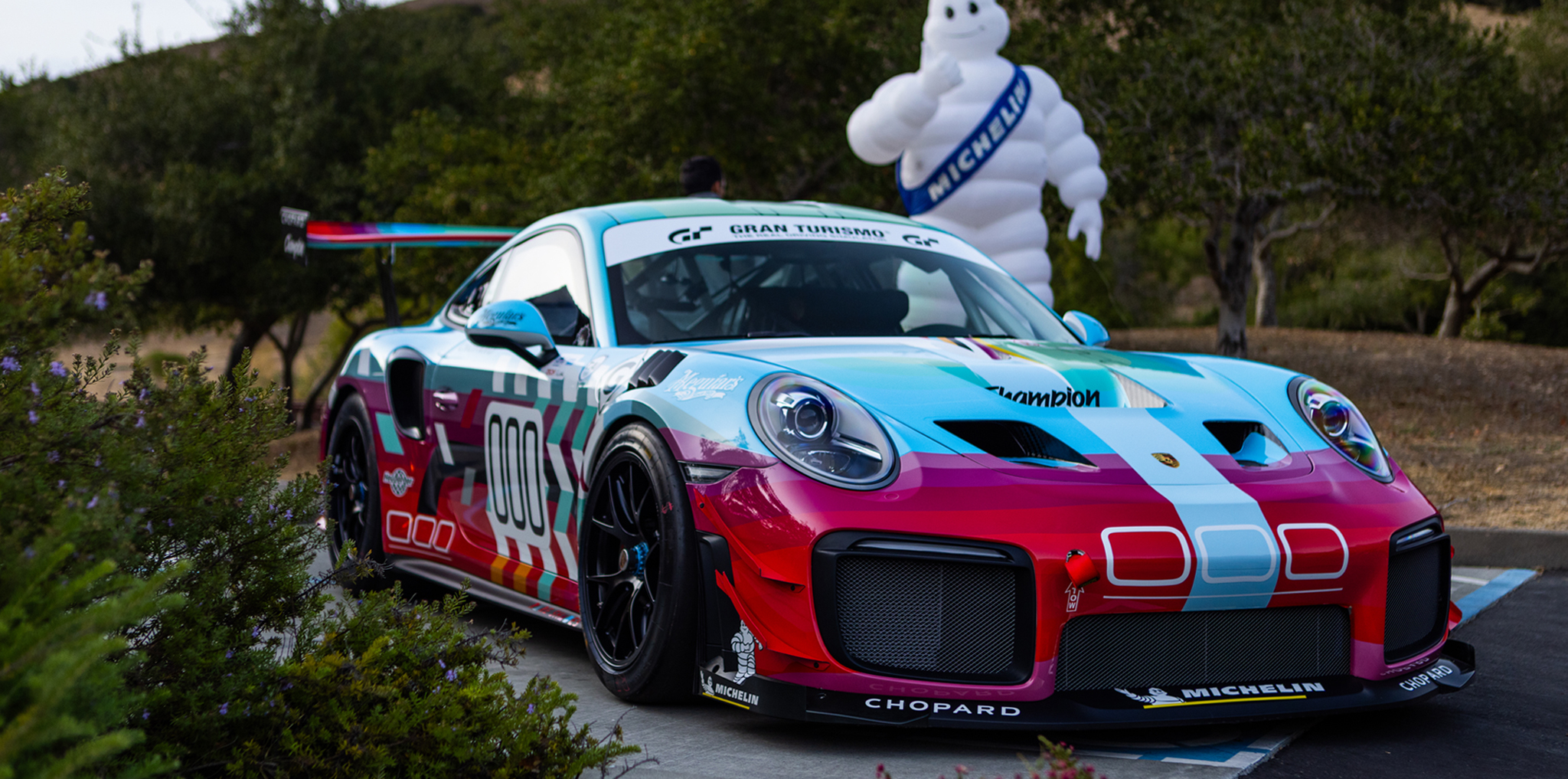Toyotafest is America’s largest Toyota show. Brought to you by the Toyota Owners and Restorers Club (TORC), the Fest returned to the city of Long Beach in 2017, but found itself in unfamiliar territory.
This year, the event took place at Marina Green Park, the new venue location which offered a new look from the familiar Queen Mary location many had become accustomed to over the past few years. With the new location came additional perks, including a larger showground to accommodate more attendees, as more than 580 cars were registered to display this year. Early morning rains threatened to come down with a vengeance, but by midafternoon, the clouds dissipated and offered ideal SoCal weather.
Toyota North America’s presence at this year’s event was more subdued than in years past. Perhaps it had to do with a majority of the employees and the company’s main headquarters moving to their new facility in Texas. While a majority of the race car collection from the Toyota museum were a no-show, they did manage to display a number of their cars from both past and present including this 2018 model Lexus LC500 which delivers an impressive 471 horsepower through its 10 speed auto transmission.
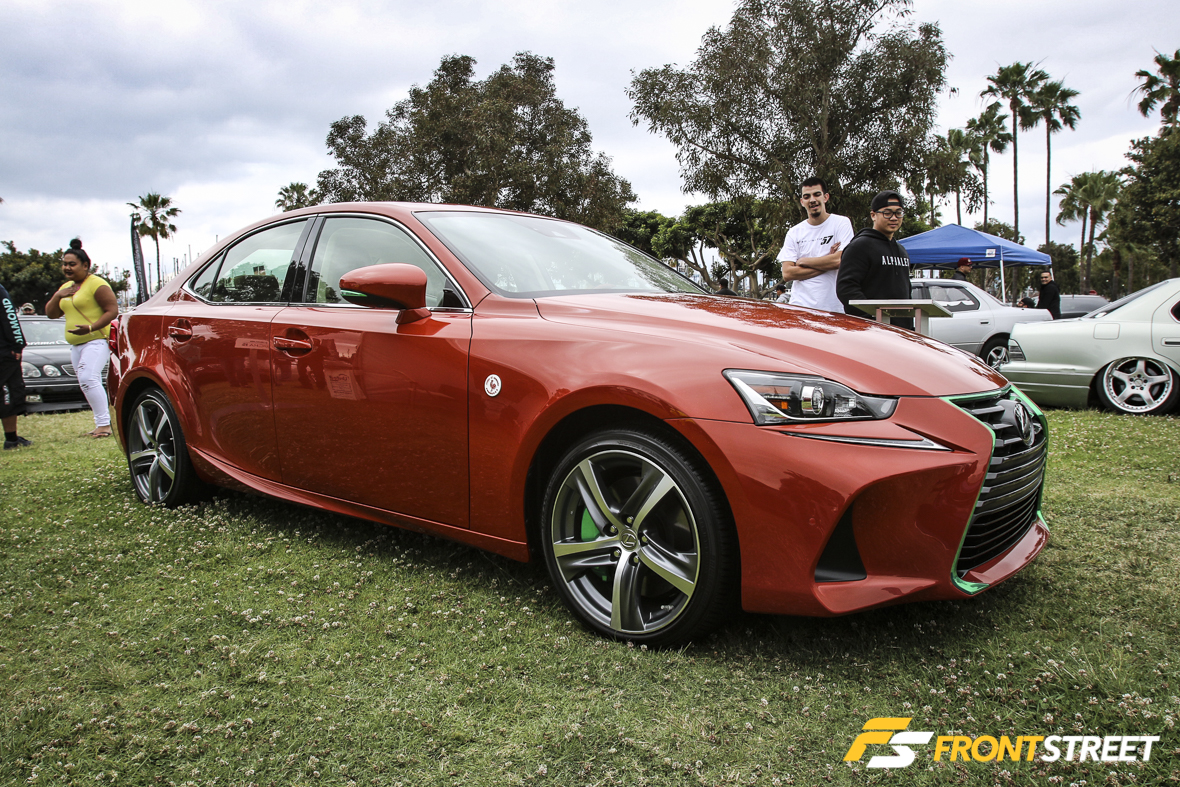
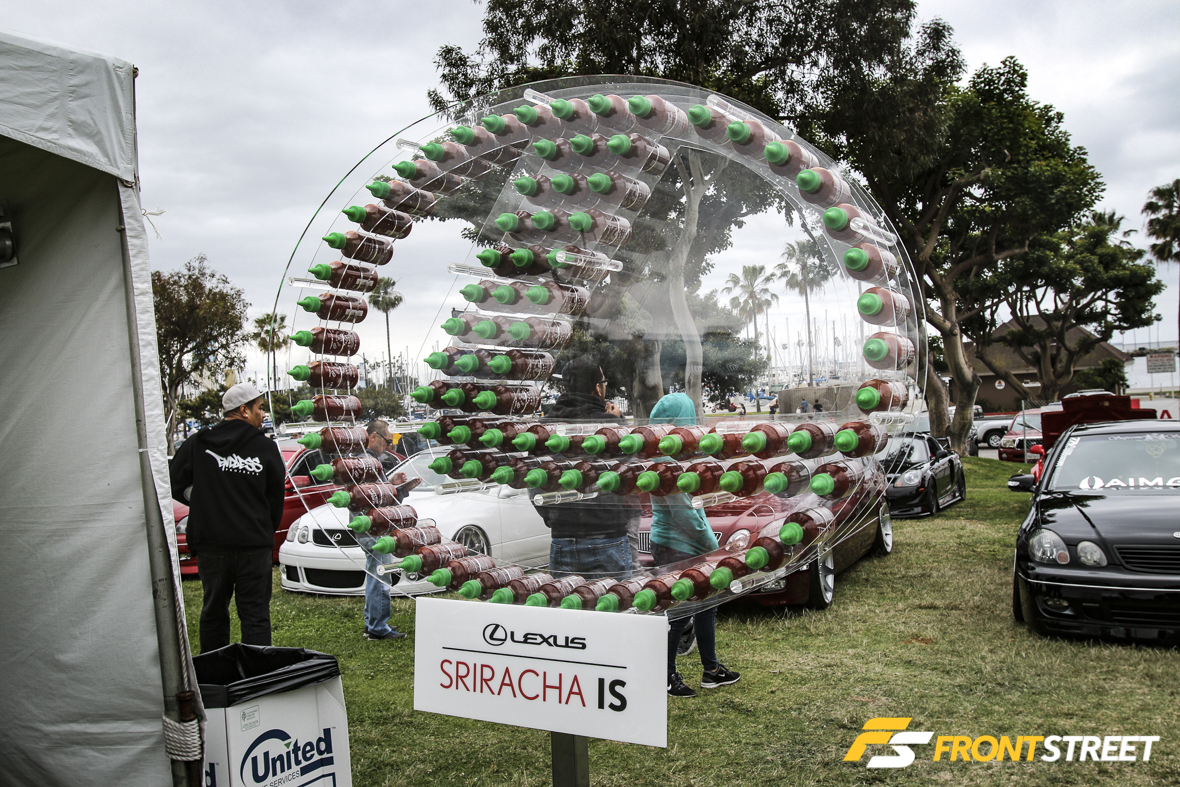
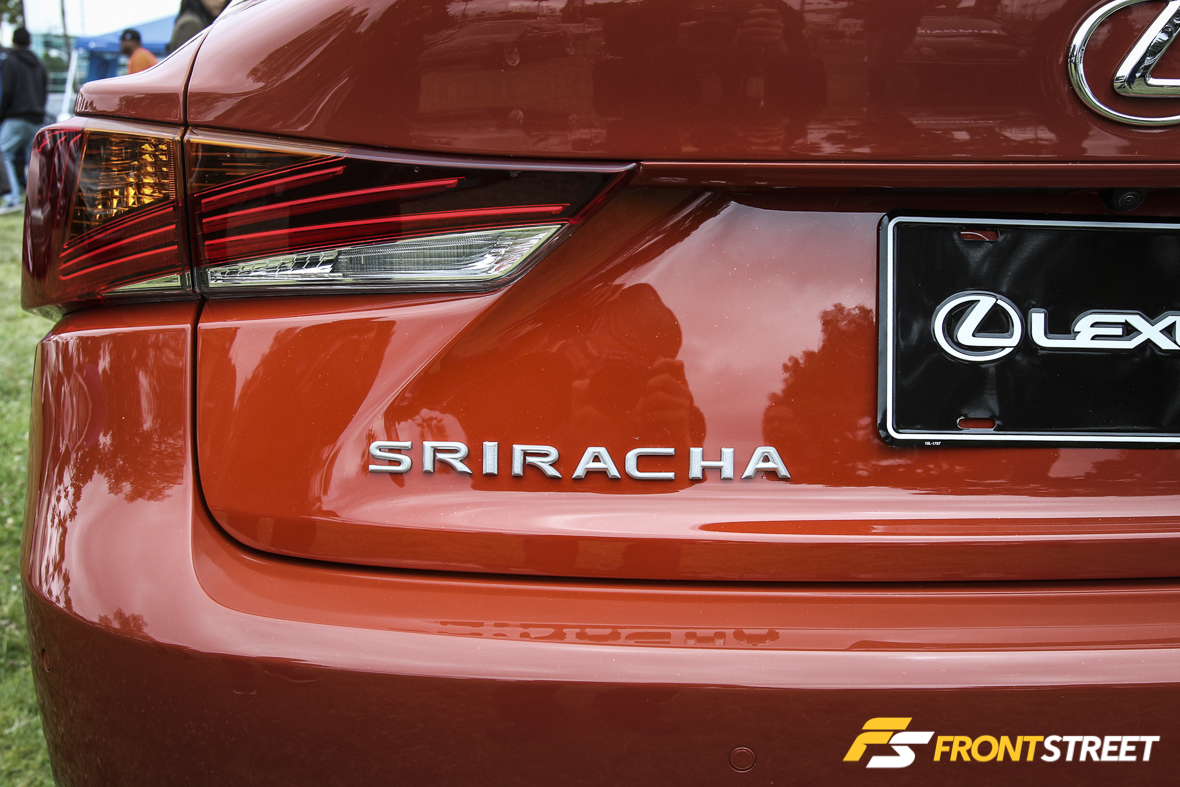
Lexus also brought out their hottest IS model known as the Sriracha IS. Huy Fong Foods, the company that produces the highly popular Sriracha sauce, planned this collaboration to design a one-off car that was built by West Coast Customs. The Lexus was painted to replicate the colors of the Sriracha sauce with its reddish/orange hue while various parts including the grill, mirrors, brake calipers, and exhaust tips were all accented in green to replicate the bottle cap.
For those more appreciative of the classics, Toyota brought out a number of 60s-era Land Cruisers. In those days, the Land Cruiser was Toyota’s number one pickup truck and retailed for $3,000. These old school trucks like the red ‘65 FJ45 and blue ’64 are presently in high demand with collectors and can fetch upwards of $100,000 in showroom condition.

What do you get when you combine a fully-built 2JZ-GTE engine with 40-plus pounds of boost pressure? How does 1,002 wheel horsepower and 716 lb-ft of torque sound? That’s exactly what Mike Carwin’s 1994 Supra produces. Carwin also happens to be a technician at Escondido Toyota, so it’s well assumed he knows a thing or two about Supras. Carwin took home the title of best overall Supra at the 2015 Supras in Vegas event with wins in the dyno challenge and made it all the way to the semifinals of Supras vs. The World and 6-speed challenge drag races.
Engine modifications include high-compression JE pistons, Carrillo rods, custom port and polish headwork performed by Mike, a Turbonetics 83mm turbo, dual Turbonetics RG-45 wastegates, 2,000cc injectors, Dailey dry sump system, and a Hard tuned intake manifold. The calibration has been done using a Motec M800 engine management system. When quarter-mile track duties beckon, Carwin bolts on a set of 275/60-15 MT ET Street Radial Pro tires, and with the aid of nitrous oxide and E85 fuel, clicks off 9-second ET’s.
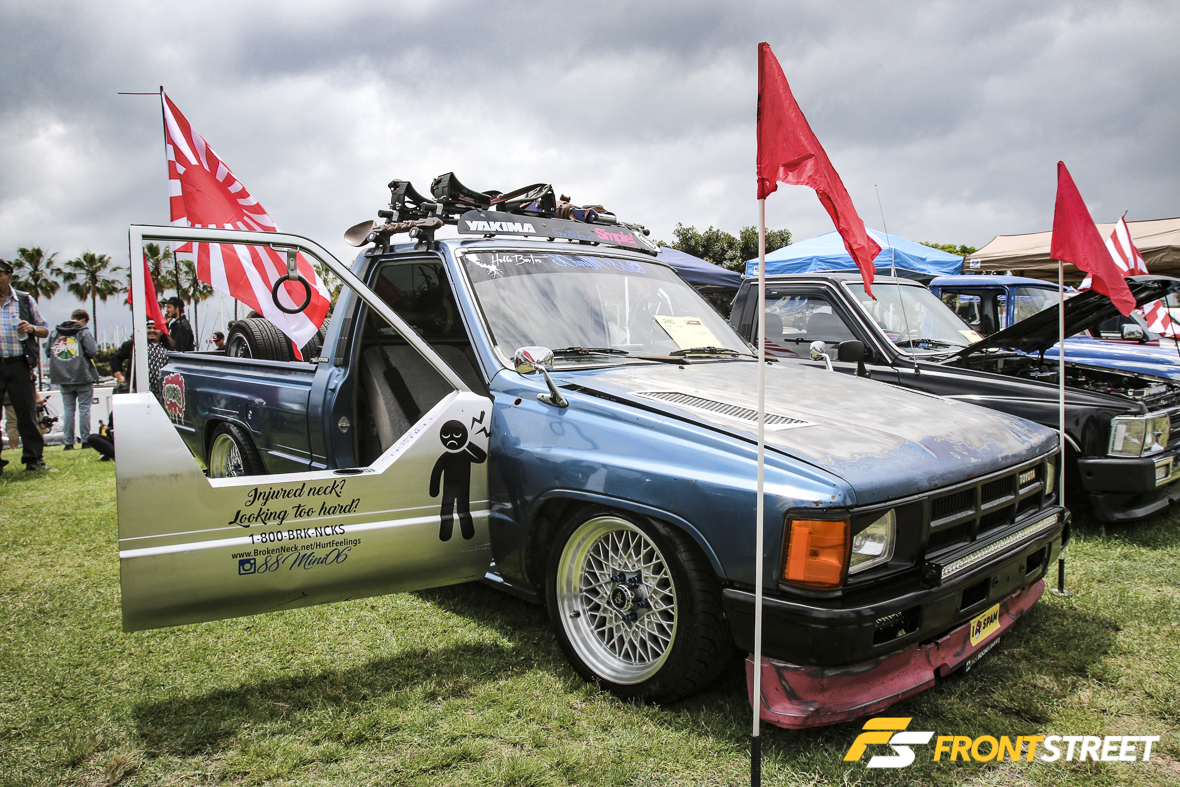
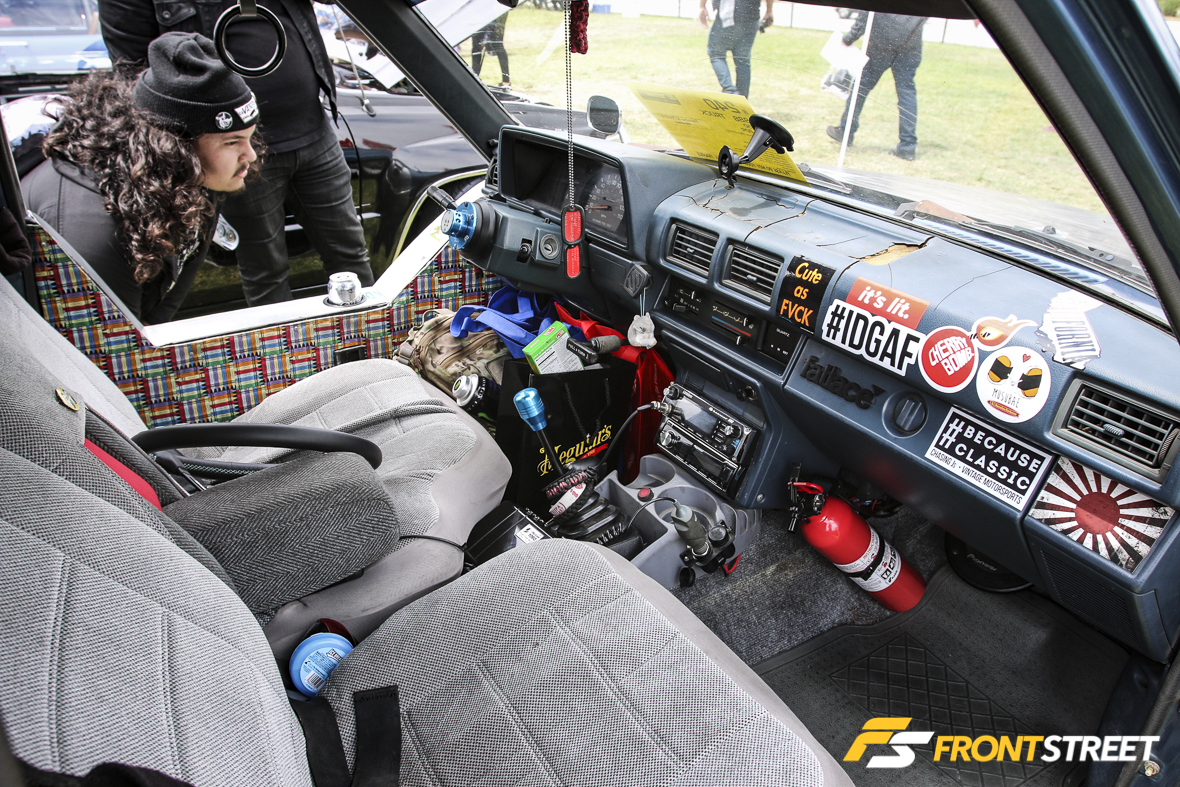
It seems nothing is forbidden when it comes to displaying your car at Toyotafest. Take, for example, this 1988 truck with half-doors. Although I cringe at the thought of driving around on the streets with these custom doors, never the less, the idea – including the integrated cupholders – was pretty ingenious.

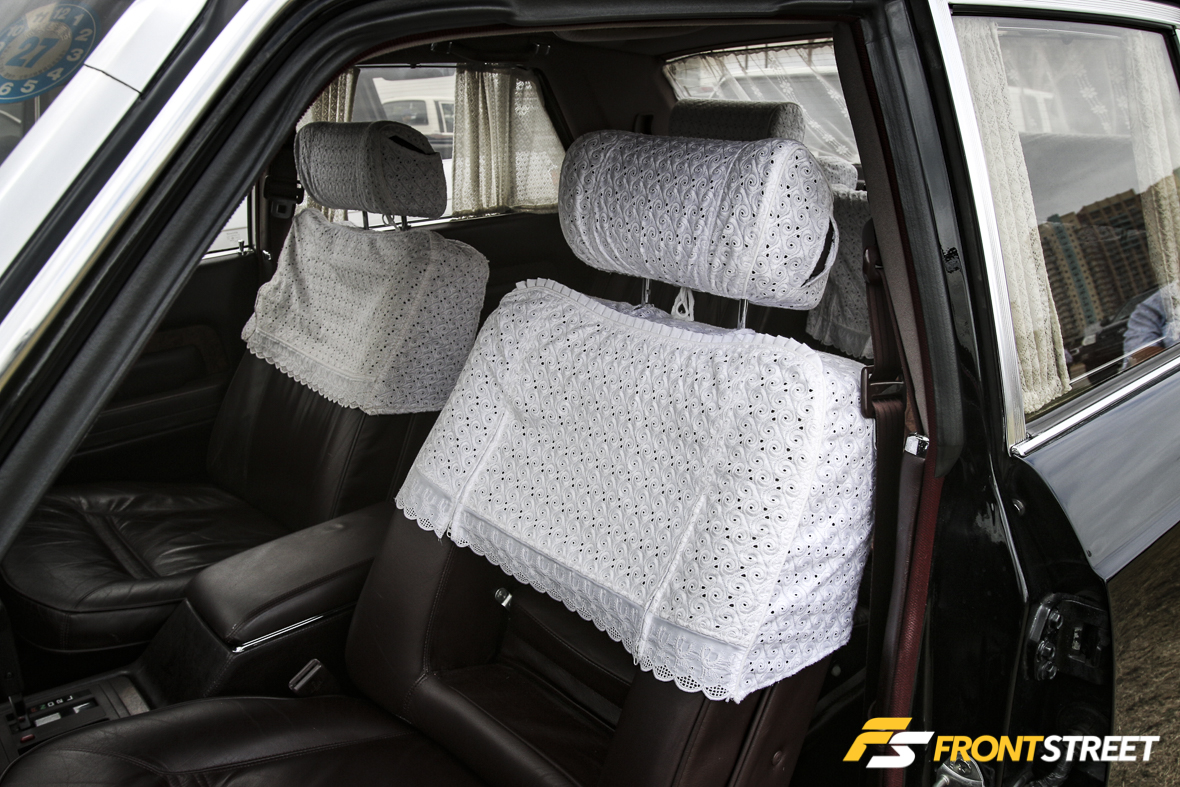
Nothing spells luxury quite like the Toyota Century, a vehicle not offered here in the United States. This particular Century – known as the VG40 – remained in production from 1982 to 1997. The Century is positioned above the Lexus lineup and was the vehicle of choice to shuttle around both Japanese dignitaries and government personnel. The VG40 was engineered well beyond its time as indicated by the vehicle’s electronics, which use a sophisticated multiplexing communications system. Creature comforts were of the utmost importance when Toyota engineers designed the Century, an expensive vehicle with a sticker price of over $100K.

The rear passengers have full control of a number of amenities including seats that electronically recline and massage using the digital controls. Rear audio controls and air conditioning are also adjustable using a sophisticated dual-zone system.
The rear center console folds down to reveal a cassette player that was used for dictation by the secretary when taking notes of high ranking officials when on the road. With all the amenities, perhaps you’re asking yourself what the coolest feature of this car might be. The front seats are designed with a fold out foot rest for rear seated guests to kick back and relax. This vehicle totally screams road trip!
You never know what to expect when you attend Toyotafest. This Scion xB was converted into a mini-pickup truck and slammed using air suspension. While the exterior modifications were enough to draw you in for a closer look, the underhood changes had crowds gathering around this Crimson Red machine throughout the day. The original 1.5-liter, 103-horse engine was discarded in place of a Chevy small-block outfitted with an Edelbrock dual plane EPS intake manifold and 4-barrel carburetor. While the vehicle was an obvious work in progress, it’s safe to assume that this Scion will have no problems roasting its rear tires when it’s finally completed.
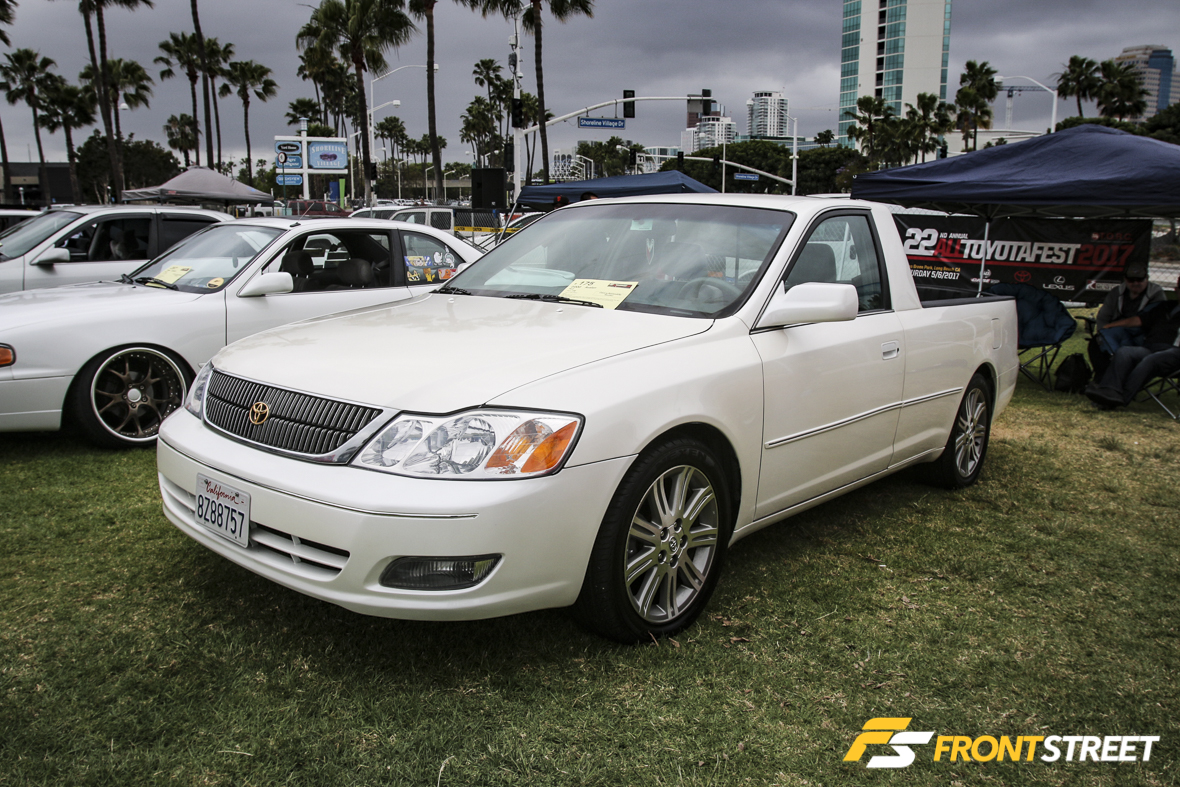
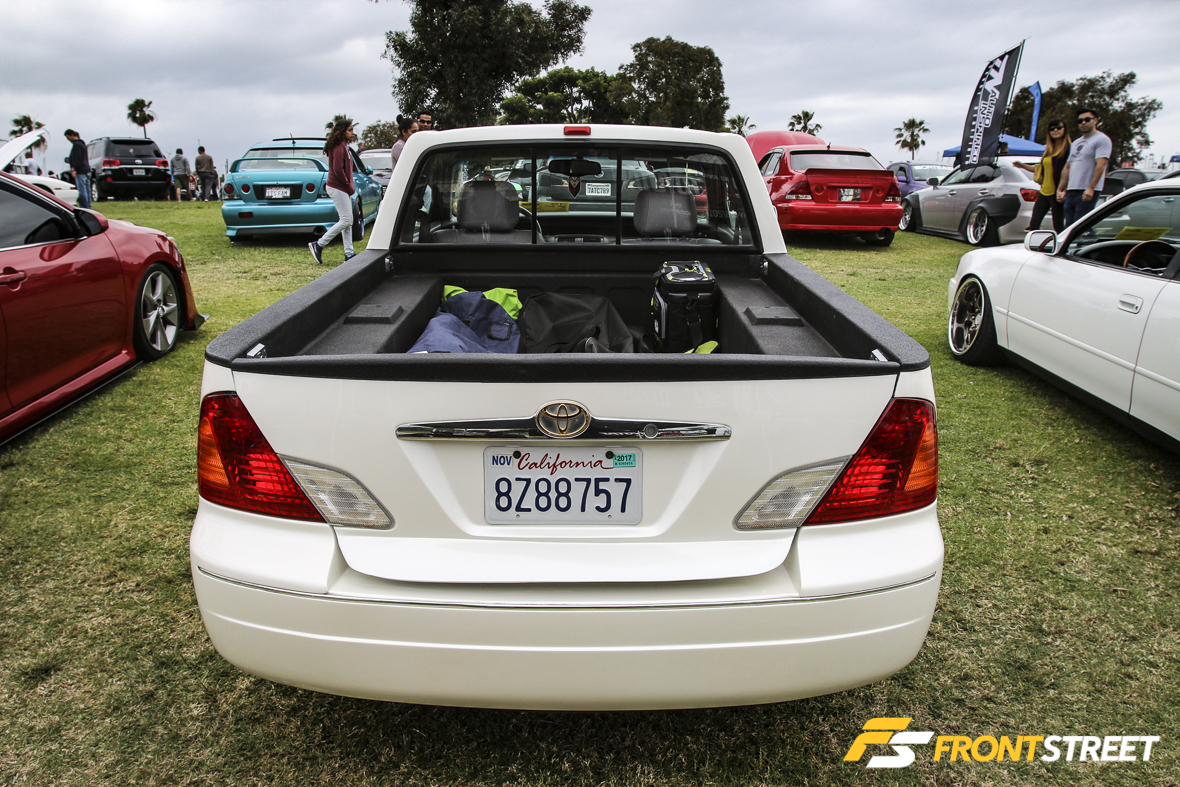
From one unusual vehicle to another… I found this 2000 Avalon dubbed “Avatruck” among the hundreds of cars on display. At the time, the Avalon was regarded as Toyota’s top of the line vehicle model, and this XLS model had all the bells and whistles you would come to expect as a flagship. Avatruck owner and visionary Joe Meer mentioned that this Toyota was the answer to the Chevy El Camino of the 70s.
“This is not a trailer queen; this is a daily driver and earns its keep as a Home Depot runner for the family,” says Meer.
If you haven’t figured it out by now, there were an abundance of high powered Supras present at this year’s show. I gravitated towards this cherry black 1995 owned by Jose Recinos. Interestingly enough, a friend of Jose’s revealed that this Supra was originally left-hand-drive and was converted to right-hand-drive to campaign for drifting.
“Jose wasn’t used to driving RHD, let alone drifting, and decided to convert the car back to LHD. The car was then transformed into a high-horsepower drag car. The 2JZ-GTE was outfitted with GSC’s S2 camshafts, valve springs and retainers, ARP head studs, and shimless buckets. It also has a V160 6-speed transmission, OS Giken triple plate clutch, Driveshaft Shop 9-inch diff with Wavetrac LSD, 4-inch aluminum driveshaft and Pro-Level 1,400-horsepower Porsche-style axles. Additional mods include a GReddy intake manifold, Q45 90mm throttle body, 4-inch side exit exhaust, Mishimoto intercooler, and Tial 50mm blowoff valve. It’s tuned with an AEM Infinity ECU,” he says.
The Supra was outfitted with a set of Weld Racing RT-S S71 Forged wheels with Toyo R888 tires up front and 295/55-15 MT ET Street Radials on the rears.

Frat boys should take note next time it’s time to throw out those empty beer kegs. The owner of this Toyota truck cleverly transformed this Anheuser-Busch keg into a mirror-polished, fully-functional fuel tank.
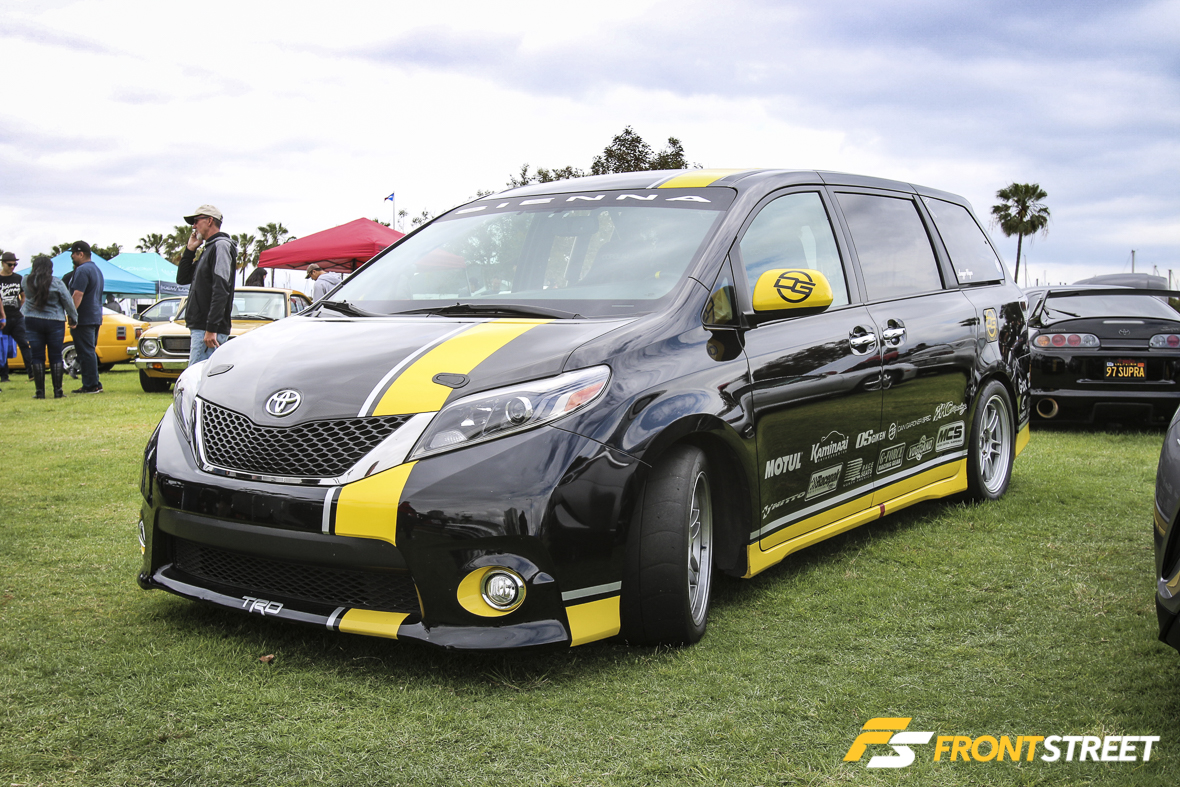
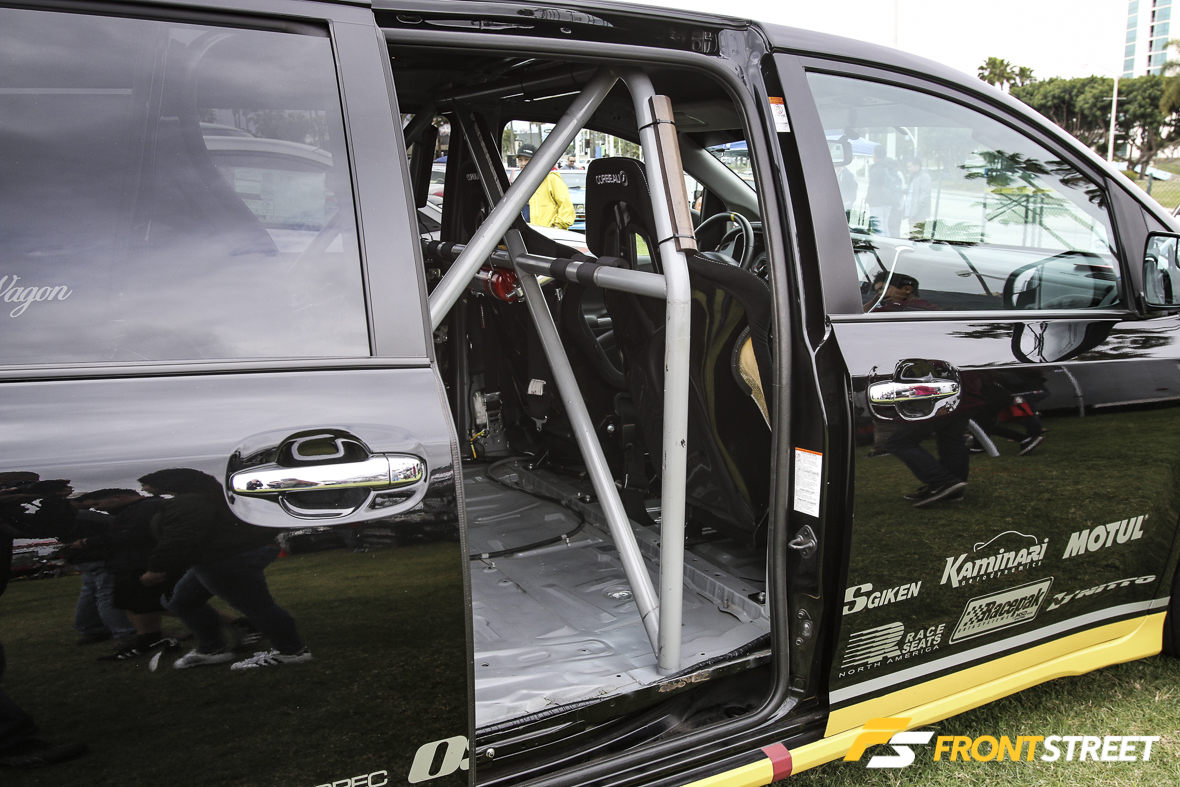
The Sienna R-Tuned race van was a concept vehicle that Toyota Engineering Motorsports developed to show to the world that driving a van can be “cool”; not only that, but it was primarily built to campaign at the One Lap of America race.
This grueling race event covers nearly 3,000 miles across a dozen states, as competitors compete on the road course, autocross course, drag strip, and skid pad. In total, there are 17 timed race competitions at eight unique venues over eight days. The Sienna finished first in its class and 36th overall out of a field of nearly 75 cars.
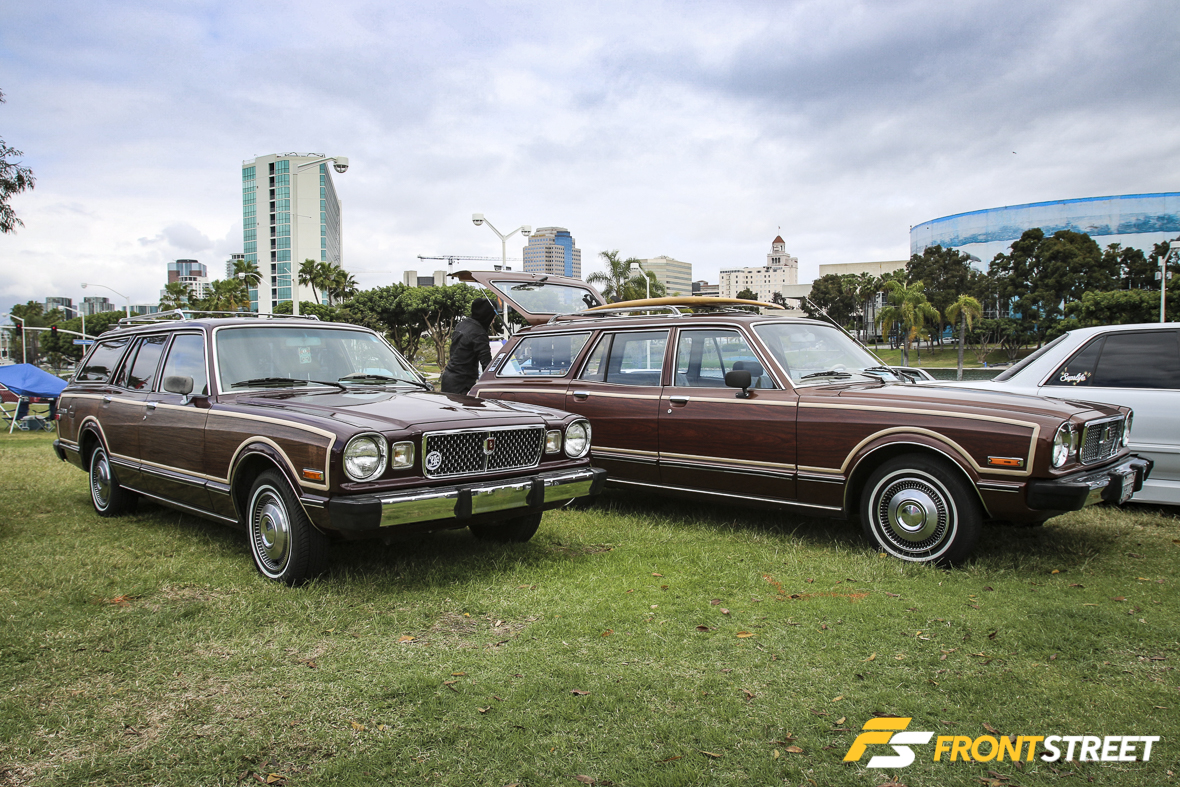
Sitting side by side were two 1978 Cressida Wagons complete with wood trim. Known as the Asian Woody, Toyota seemingly had the Woody wagon market covered as they tried to replicate the original Town and Country models from Chrysler and other vintage woody cars from that era. While shooting this photo, I couldn’t help but compare these two cars to the 1979 Ford LTD Country Squire, known as the Wagon Queen “Family Truckster” driven by Clark Griswold in the movie National Lampoon. I was a bit disappointed knowing Aunt Edna wasn’t strapped to either Cressida.
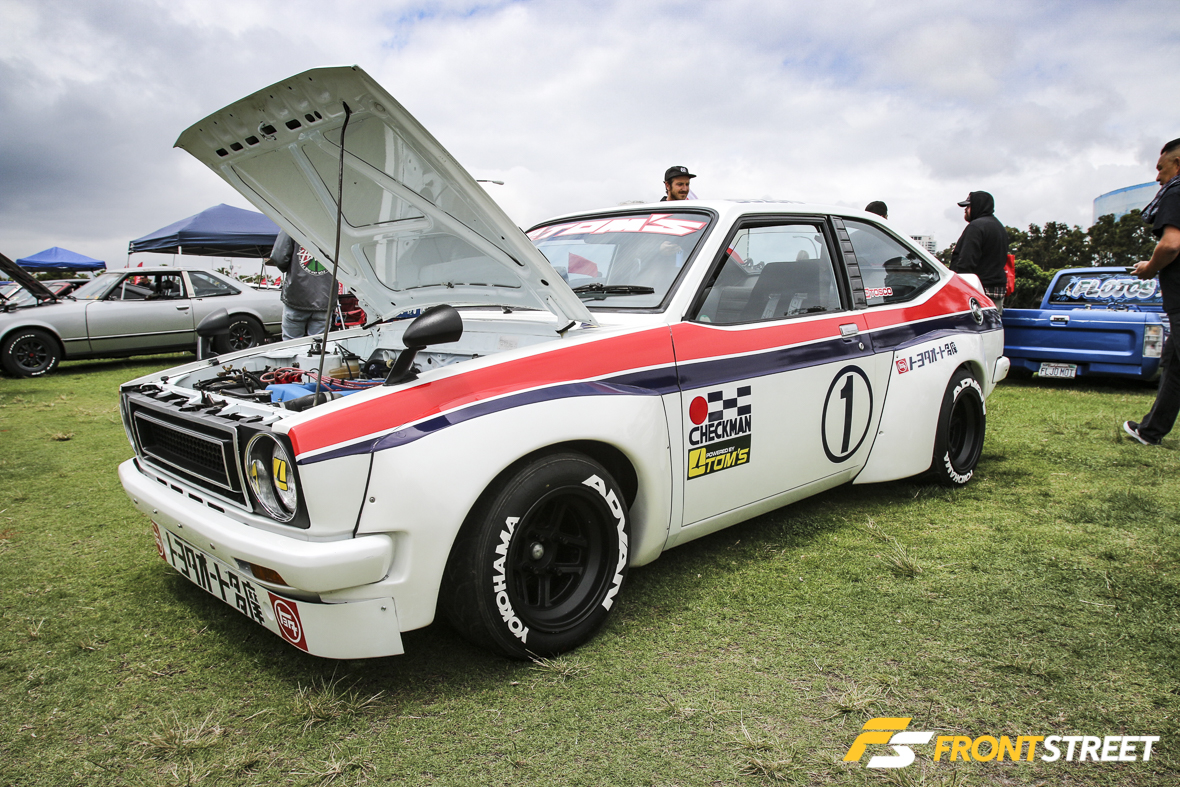

Orly Tapay’s 1974 KP45 Publica Starlet had spectators in complete awe and with good reason. Tapay took his rare Starlet and turned back the clock to the 70s to display the appearance of Japanese race cars more than 40 years ago. The KP45 is regarded as the predecessor to the more well-known KP61, but was never sold in the US. Tapay swapped out the original K-series motor for a 2T-G with dual side draft carburetors. A set of rare Toms Racing Igeta wheels complete the appearance.
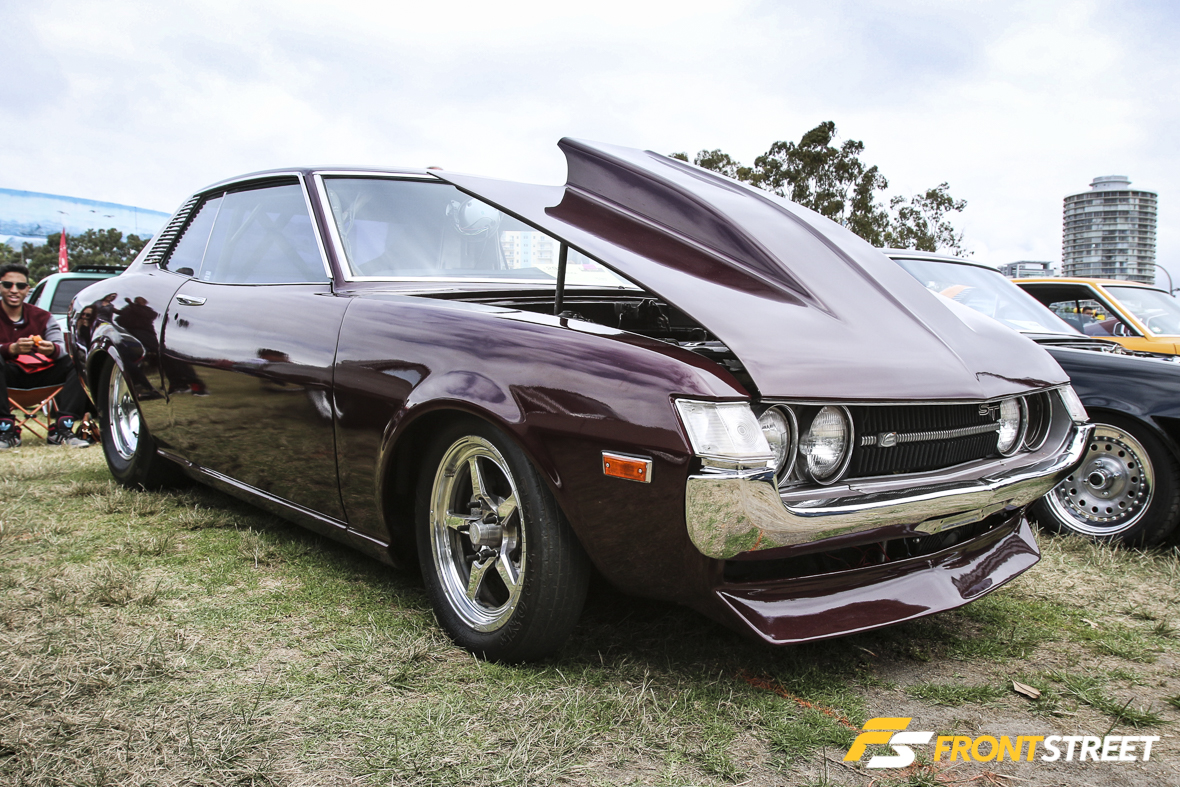
Karey McGee’s 1971 Celica was built on years of perseverance and hard work. What started out as a rusted and beat-up rolling chassis with faded brown paint was methodically transformed into the beauty you see here.
“I wasn’t an import guy until I started this car. I have a ‘65 Mustang with a K-code 289. My dad had a ‘68 Camaro with an L88 that ran 10s,” says McGee.
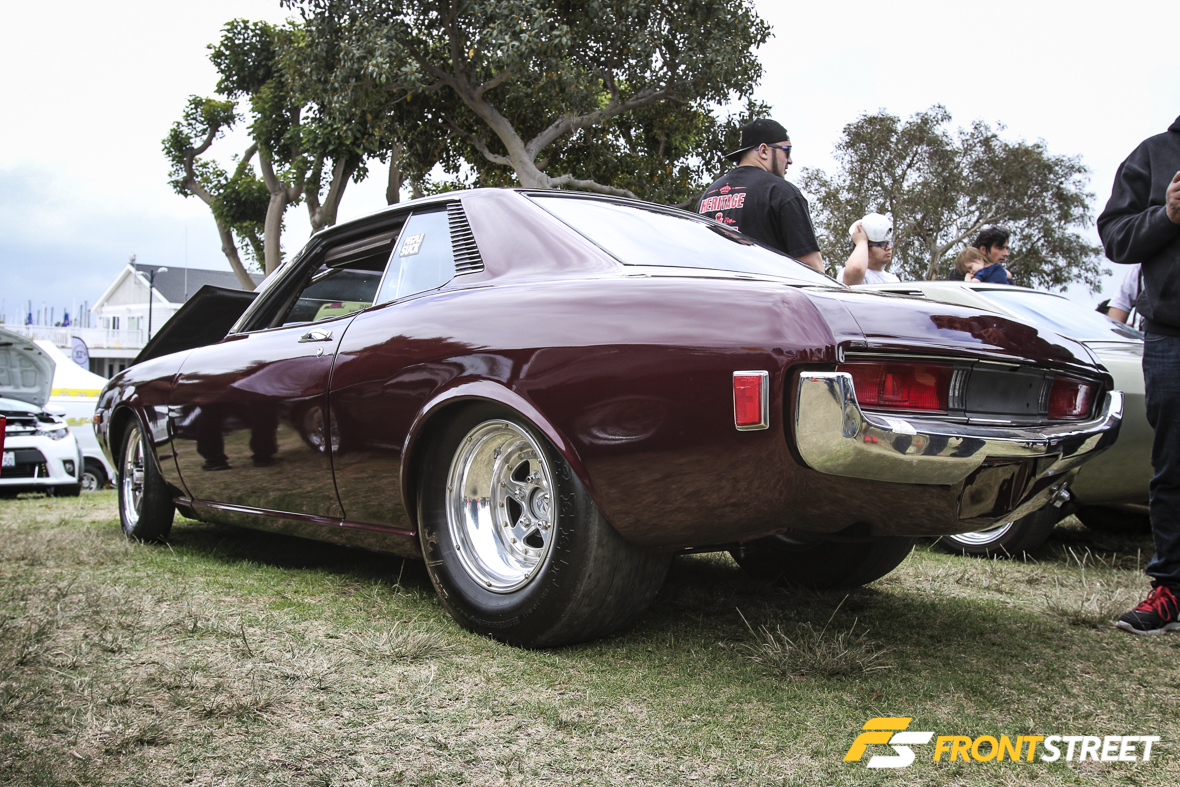
This quarter-mile monster sits on a set of Weld Racing wheels measuring 15×3.5-inches in the front and 15×12-inches in the rear outfitted with 28×12.5×15-inch slicks. The back half was sectioned off and a Chassisworks tube chassis was put into place before it was tubbed and outfitted with a 9-inch Ford rear end with 4.11:1 gears and a 35-spline spool for strength. A 12-point chromoly roll cage was installed along with a Kirkey race seat.
“The car weighs 2,400 pounds with driver and was painted a dark cherry pearl – which just so happened to be the same color as my wife’s Honda Odyssey van,” says McGee.
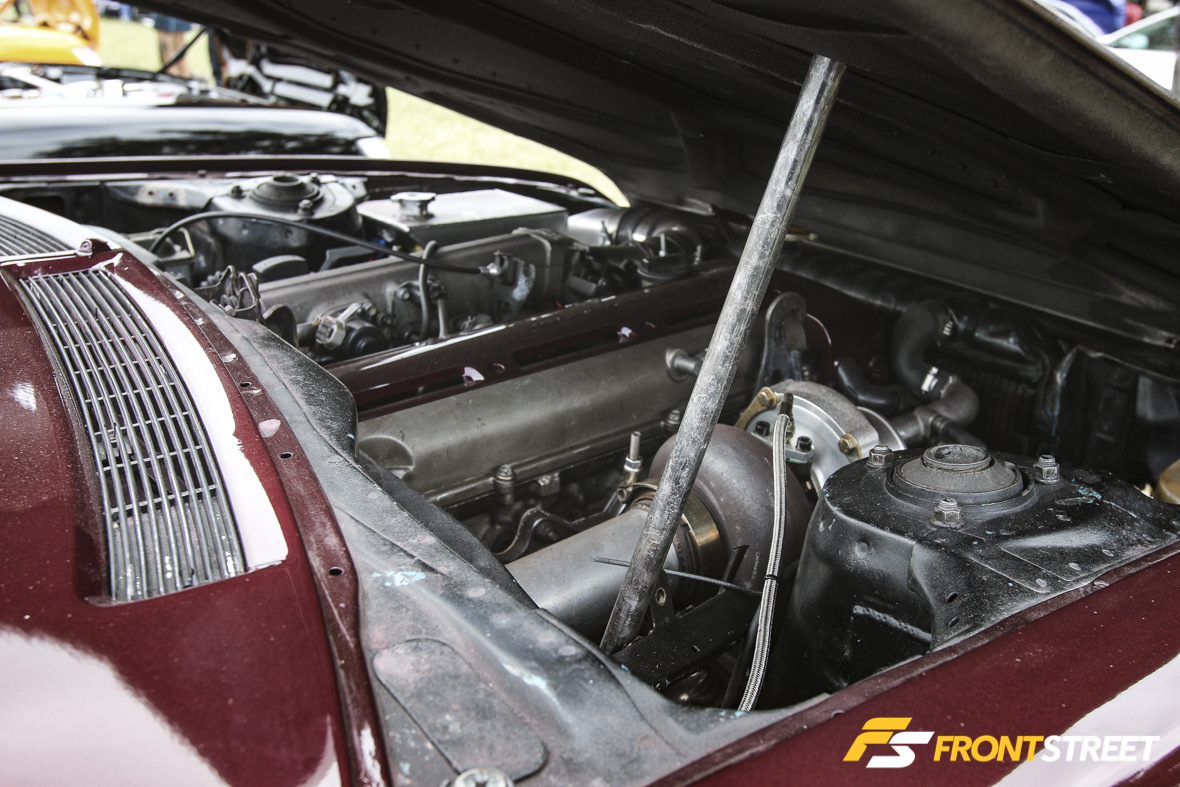
The original engine was discarded in favor of a 2JZ-GTE boosted by a single T66 turbocharger. Over the past few years, he’s taken several passes down the strip – including a low 10-second blast – but mentions that the car is still a work in progress as he continues to tweak the suspension and work out some nagging traction issues. He hopes with these corrections to dip into the single-digit ET’s.
McGee’s friend – and longtime Toyotafest participant – Cary Miller put his 1972 Celica drag car on display at this year’s event, this time with its makeover complete. During its previous years on display, the Celica was a complete eyesore with primered and mismatched body panels.
This time around the RA21 was nearly unrecognizable with its pristine black paint job and fully-polished 15×5.5-inch front and 15×12-inch rear Pro Stock Centerline wheels. Under the hood sat a 2JZ-GTE with a reworked cylinder head, Crower camshafts, and a 72mm turbocharger. A General Motors TH350 transmission complete with transbrake delivers well over 900 horsepower though a custom three-quarter backhalf chassis equipped with one of Toyota’s 8-inch truck rear ends, and a 4.10:1-geared spool.
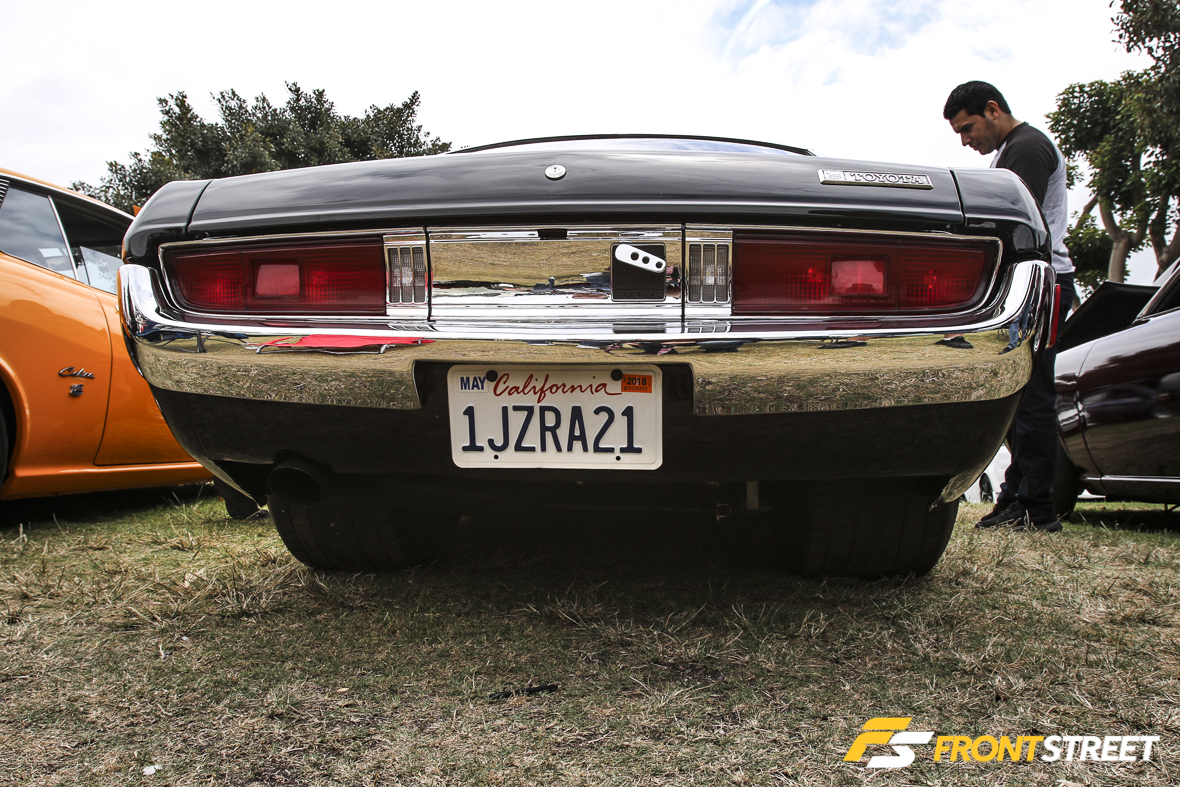
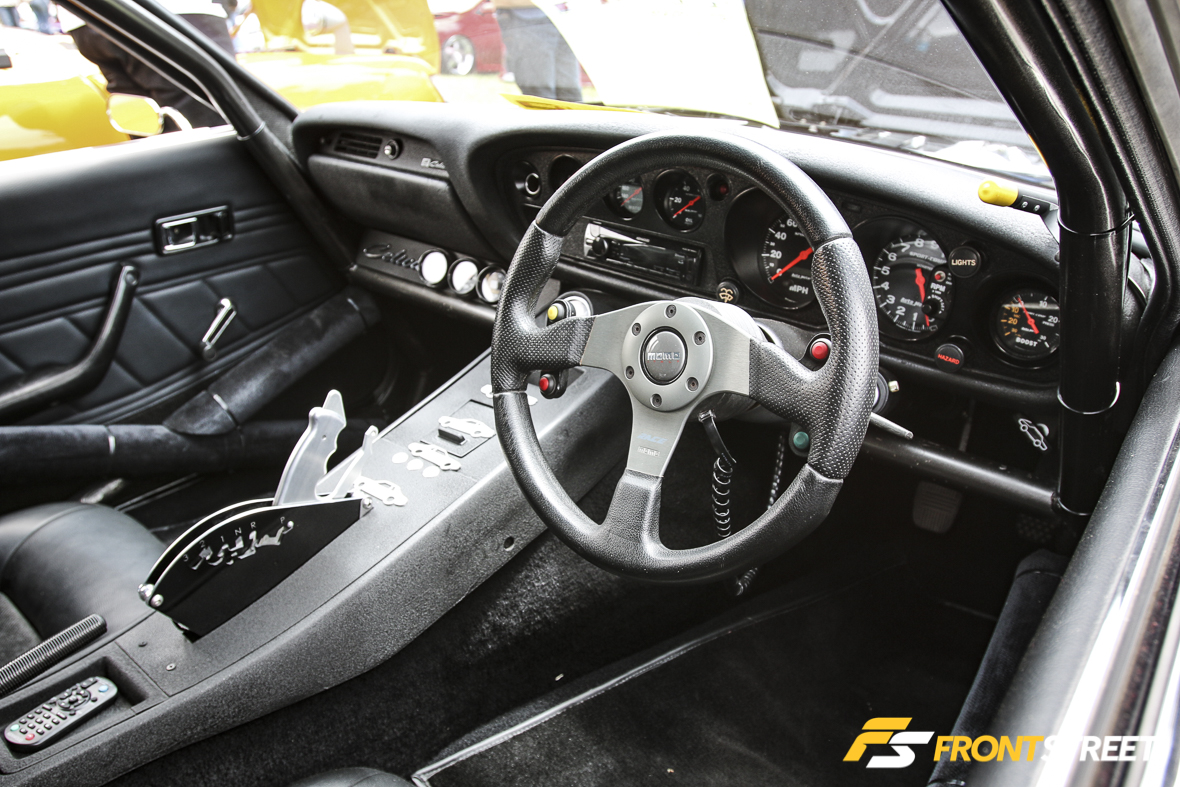 The Celica was converted to RHD before it was fully caged; a custom rack and pinion was installed and fully-adjustable coilovers and disc brakes are at all four corners.
The Celica was converted to RHD before it was fully caged; a custom rack and pinion was installed and fully-adjustable coilovers and disc brakes are at all four corners.
It’s not too often you come across a first generation MR2, and when you do, they are usually beat to crap. There are some exceptions to the rule, however, as this 1989 Supercharged AW11 was in show-worthy condition. The Mica Blue Toyota was lowered using Daiyama coilovers SKG Type, Techno Toy Tuning front tension rods, poly bushings and front and rear camber plates. A set of Work Meister CR01 wheels wrapped in Yokohama S Drive tires give this MR2 the perfect stance.
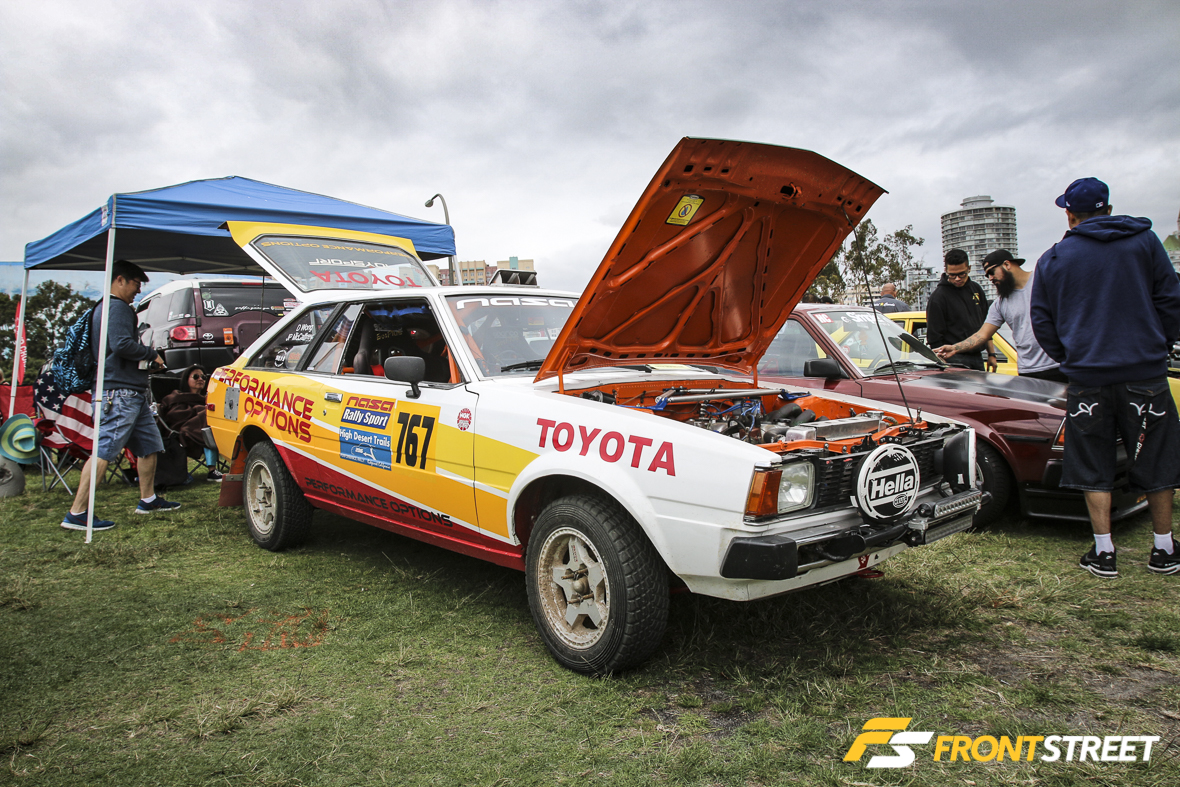
“This Corolla is probably the only car that’s really put to use at this show,” says Joey Gauthier, and we couldn’t agree more. His 1980 Corolla SR5 is a fully-sanctioned NASA/Rally America log booked rally car that has seen plenty of action both on and off road. We liked that fact that he didn’t bother to clean the car and left it completely filthy. We like to think all the dirt and grime oozing off the body panels were a badge of honor and true to the vehicle’s upbringing.
“We have a rally coming up in a few weeks and need to address carburetor tuning and fuel starvation at higher elevations,” he says. I couldn’t help but notice the ultra-rare Advan rally wheels, which helped the Corolla to truly stand out from the rest of the cars in attendance.
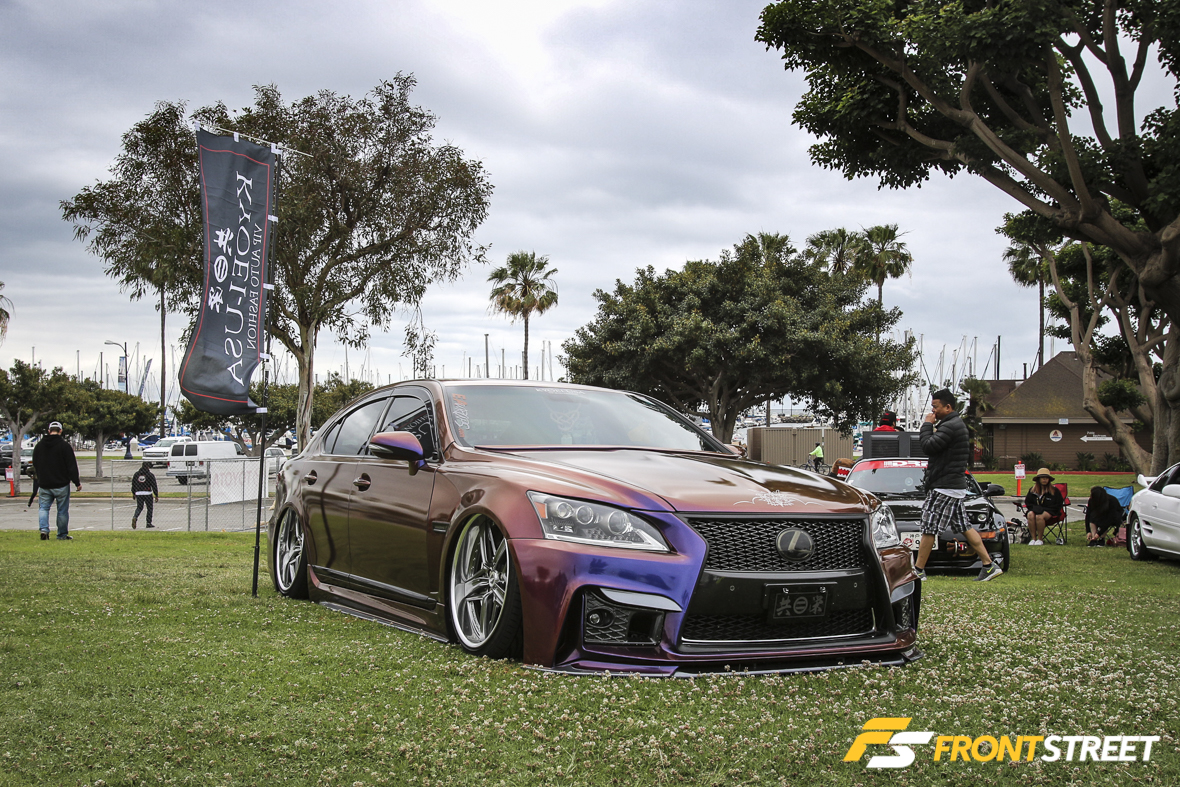
Toyotafest just wouldn’t be the same without having a few VIP cars in attendance.
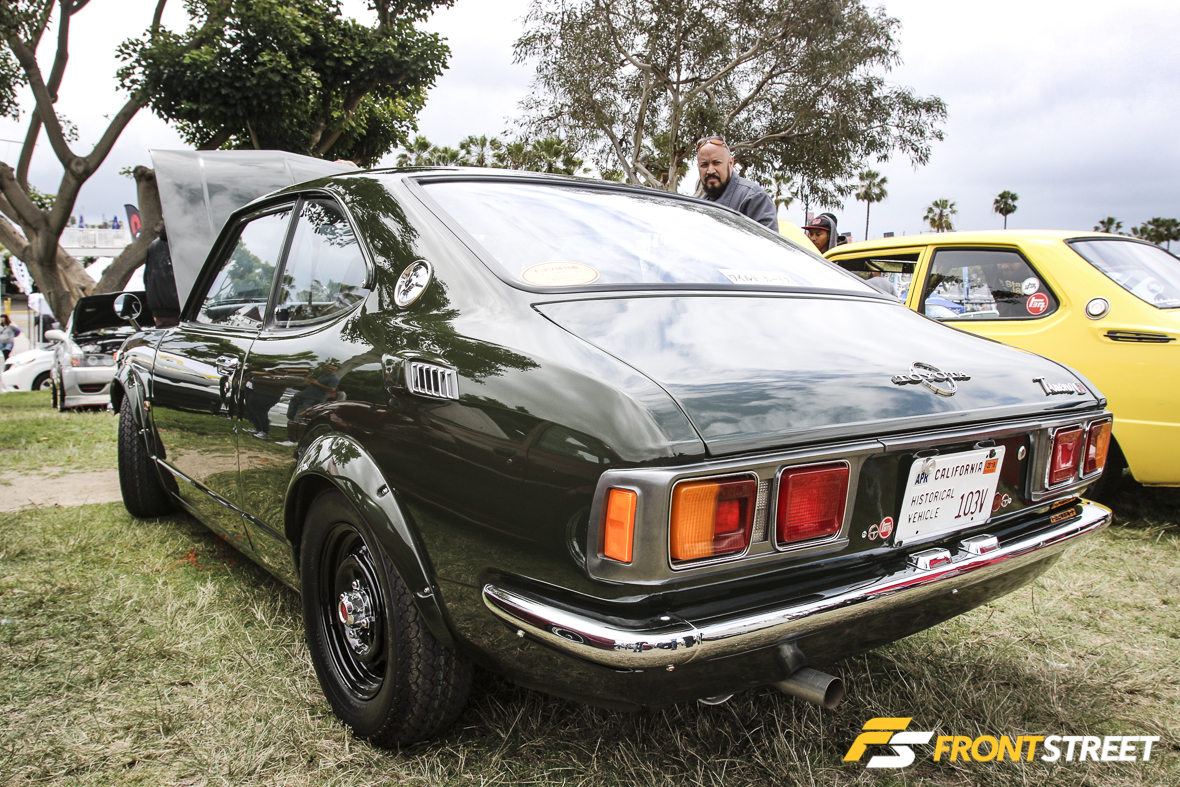
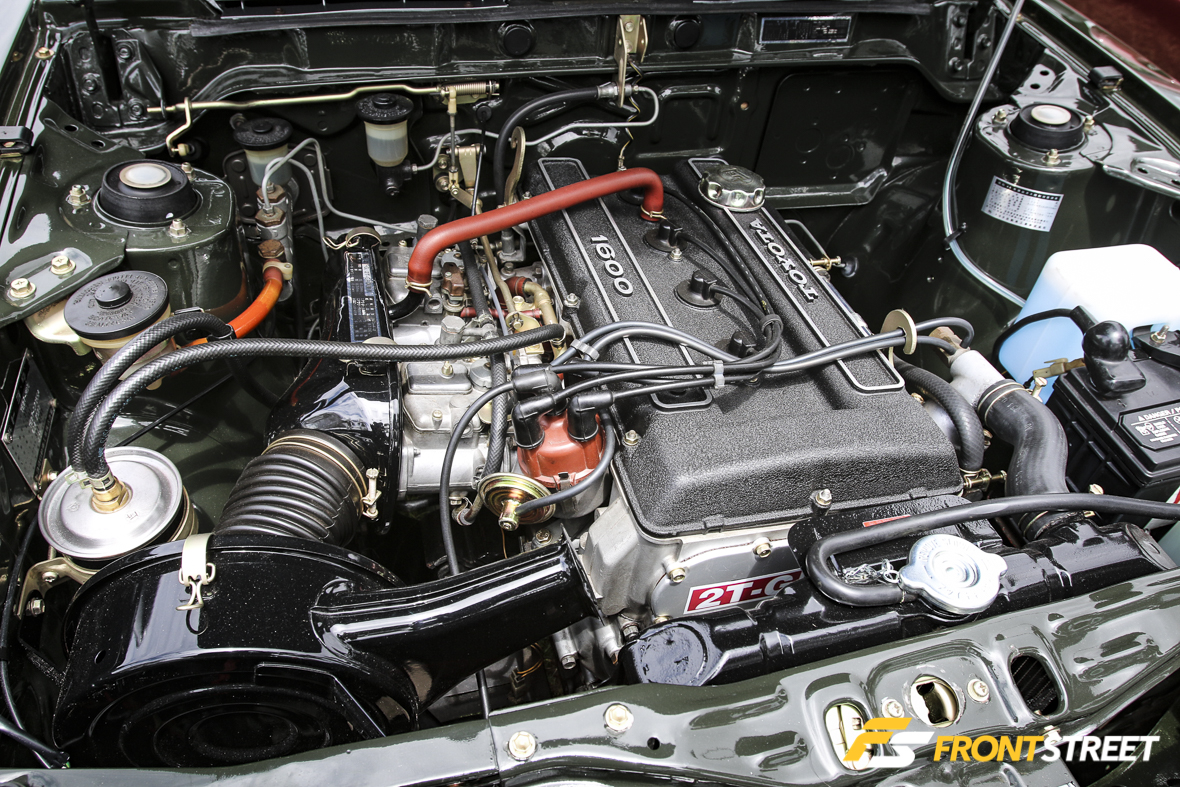
Mike “Big Mike” Muniz is no stranger to the old school Toyota scene as has owned a number of vehicles, including a rotary powered TE27 Mango. “When it came to building this 1972 Corolla, I really challenged myself to build a car that was a ground up restoration to as-new factory specifications,” says Muniz.
Attention to detail was the biggest accomplishment that Mike achieved, as he replicated every item down to the factory decal on a set of tires from the same era. The interior was in mint condition. Even the door panels with its factory plastic covers were intact.
“With a few connections and some help of friends working at Toyota Headquarters in Japan, I was able to source a lot of the hard to find parts for this TE27 Sprinter Trueno. Once I finalize a few things, I plan to send the car back to Japan where it will be placed in the Toyota Automobile Museum in Nagakute-City, Aichi Prefecture,” he says.
The meticulous restoration and attention to detail provided dividends for as he picked up a few awards including best for original restored, old school outstanding workmanship, and Best of Show at this event.
The 2017 edition of Toyotafest brought some of Southern California’s most beautiful, well-engineered Japanese machines into the forefront of the location; the spectators and fellow enthusiasts occupied the background.

